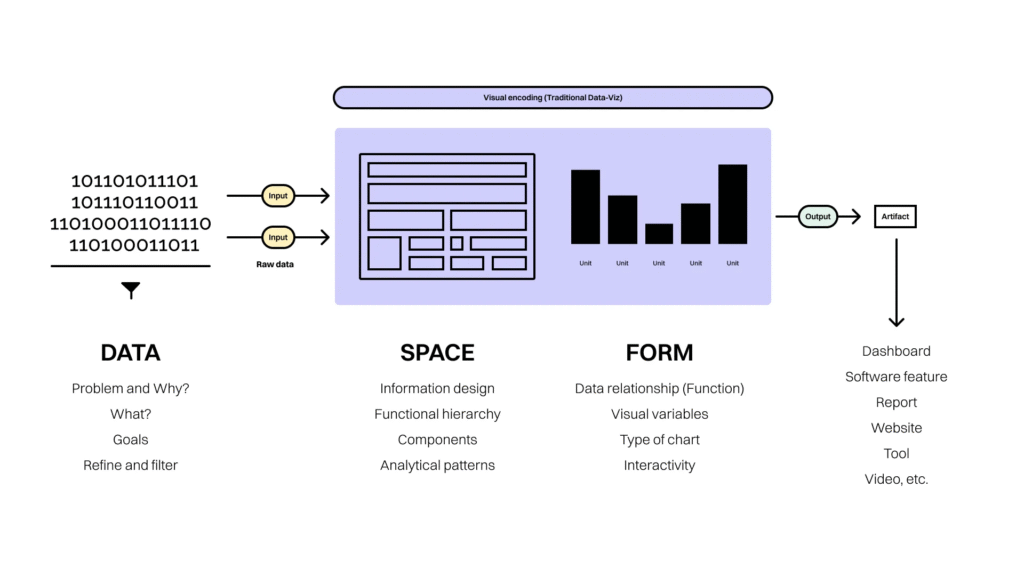
In Visualizing AI, Gabe Araujo offers a timely and practical guide for anyone seeking to communicate artificial intelligence concepts through data visualization. As AI becomes increasingly embedded in our daily lives, the need to explain its inner workings to both technical and non-technical audiences has never been more urgent. This book addresses that challenge by equipping readers with the tools and techniques to make AI more transparent and understandable through visual storytelling.
The book begins by laying a foundation in data visualization principles, tailored specifically to the context of AI. Araujo emphasizes clarity, simplicity, and purpose in design-key elements when dealing with the abstract and often opaque nature of machine learning models. He introduces readers to the visual vocabulary needed to represent algorithms, data flows, and model behaviors in ways that are both accurate and accessible.
One of the book’s strengths lies in its practical orientation. Araujo doesn’t just discuss theory; he provides real-world examples and case studies that show how effective visualizations can demystify AI systems. From illustrating neural network architectures to visualizing decision boundaries and model performance metrics, the book walks readers through concrete applications that can be adapted to a wide range of projects.

Araujo also explores the ethical dimension of AI visualization. He stresses the importance of transparency and fairness, encouraging designers to consider how their visual choices can influence interpretation and trust. In an age where AI decisions can impact everything from credit scores to medical diagnoses, the ability to clearly communicate how these systems work is a matter of public accountability.
The book is particularly valuable for data scientists, AI practitioners, and educators who need to explain complex models to stakeholders, students, or the general public. It serves as a bridge between technical depth and visual clarity, helping professionals translate their work into insights that others can understand and act upon.

Another highlight is the book’s focus on tools and technologies. Araujo discusses popular libraries and platforms—such as Python’s Matplotlib, Seaborn, and Plotly—that can be used to create compelling AI visualizations. He also touches on interactive dashboards and web-based tools that enhance user engagement and understanding.
At just over 100 pages, Visualizing AI is concise yet rich in content. Its accessible language and structured approach make it suitable for both beginners and experienced professionals. The book’s compact format ensures that readers can quickly apply what they learn without being overwhelmed by technical jargon or excessive detail.

Ultimately, Visualizing AI is more than a guide – it’s a call to action. As AI continues to shape our world, the ability to visualize its processes and outcomes is essential for fostering understanding, trust, and responsible innovation. Gabe Araujo’s book is a valuable resource for anyone committed to making AI more visible, explainable, and human-centered.
About the author:
Gabe Araujo, is a data visualization architect, writer, and educator with a strong background in Python programming and data analysis. He specializes in making complex concepts in artificial intelligence and machine learning more accessible through clear, compelling visual communication. With a passion for bridging the gap between technical depth and public understanding, Araujo has authored Visualizing AI to empower professionals and educators to explain AI systems effectively. His work combines practical expertise with a commitment to ethical and transparent design in the age of intelligent technologies
Link to buy: Visualizing AI
+VIDEO:
#datavizmagic #books #datavisualization #datastorytelling

